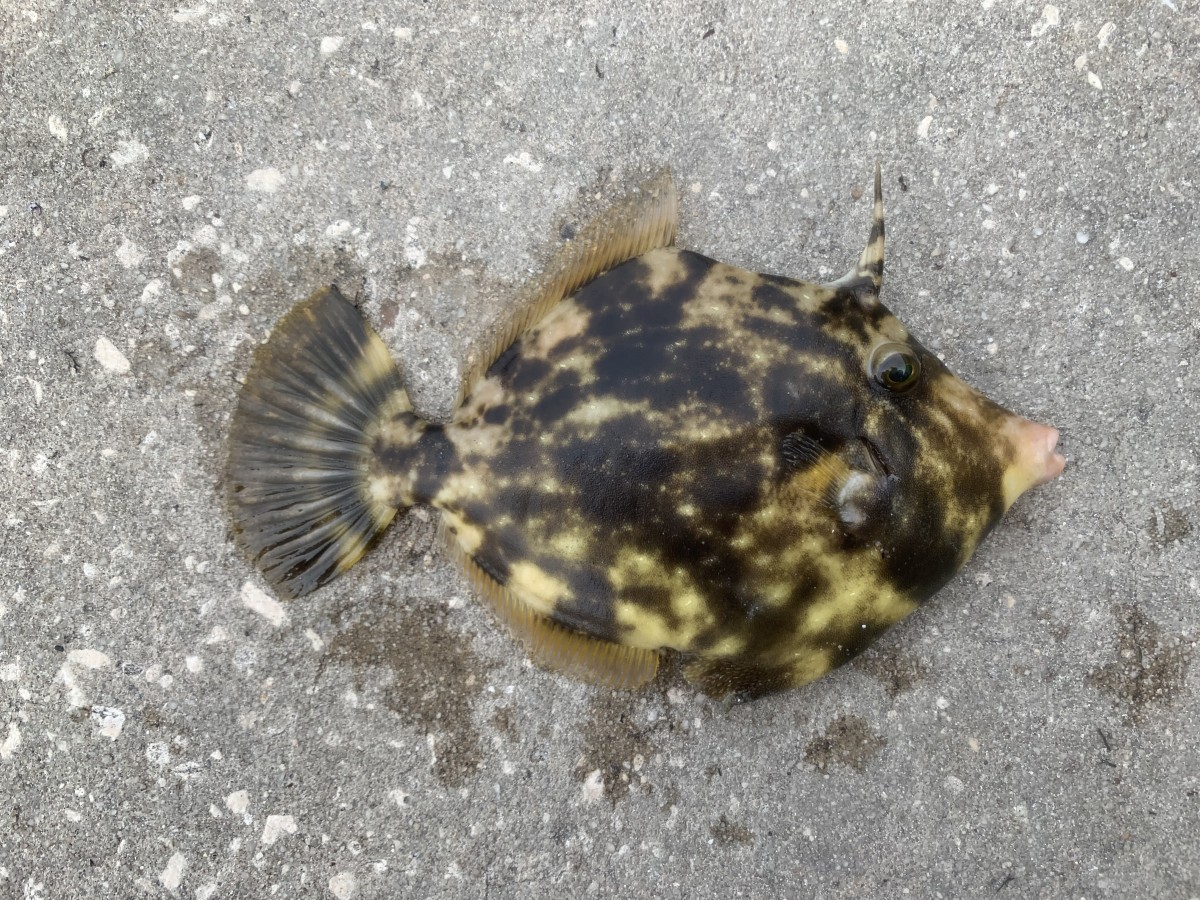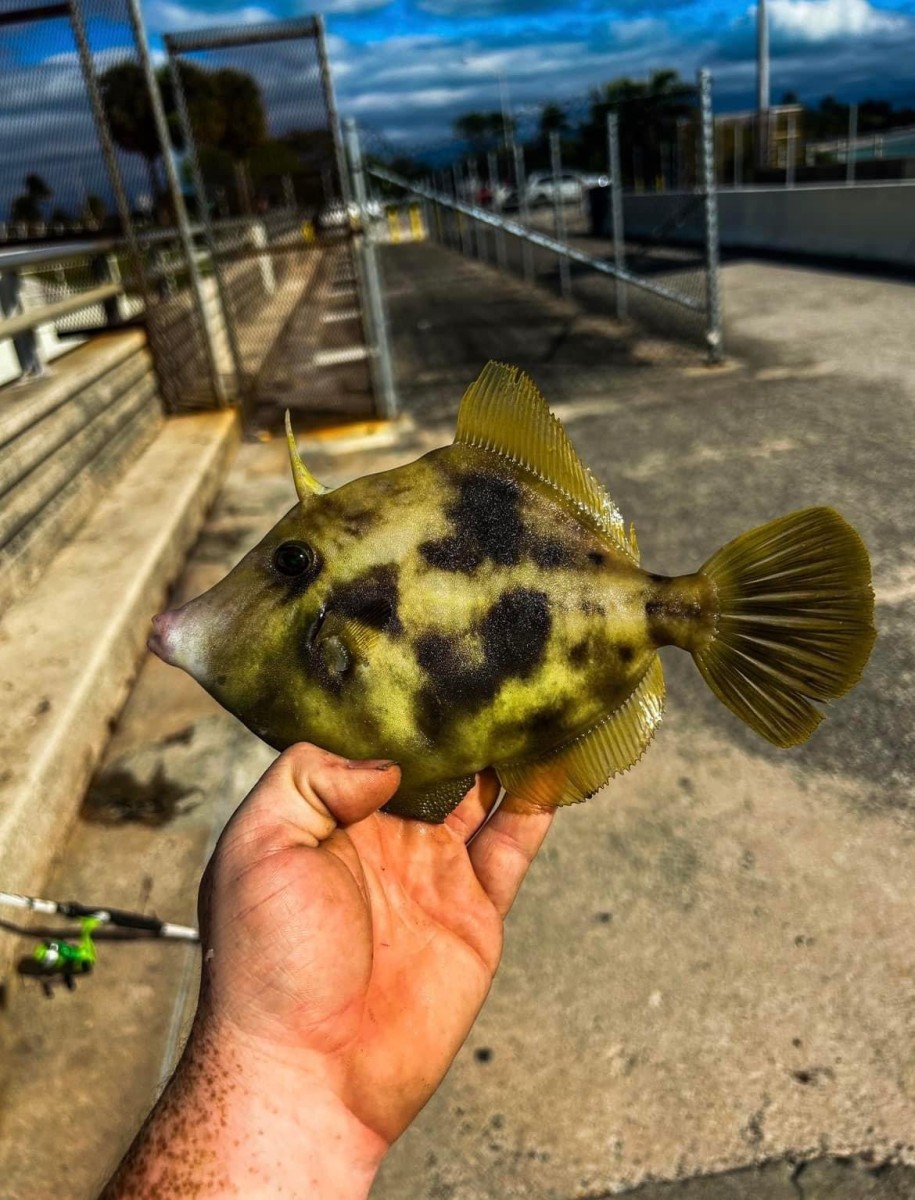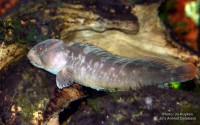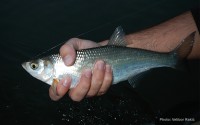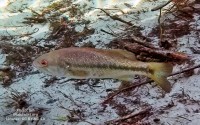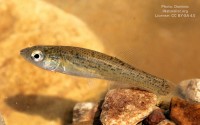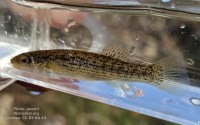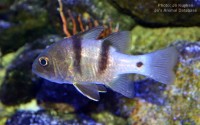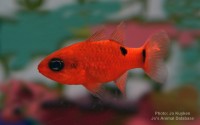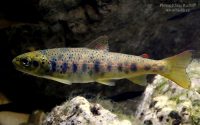Planehead filefish
(Stephanolepis hispida)
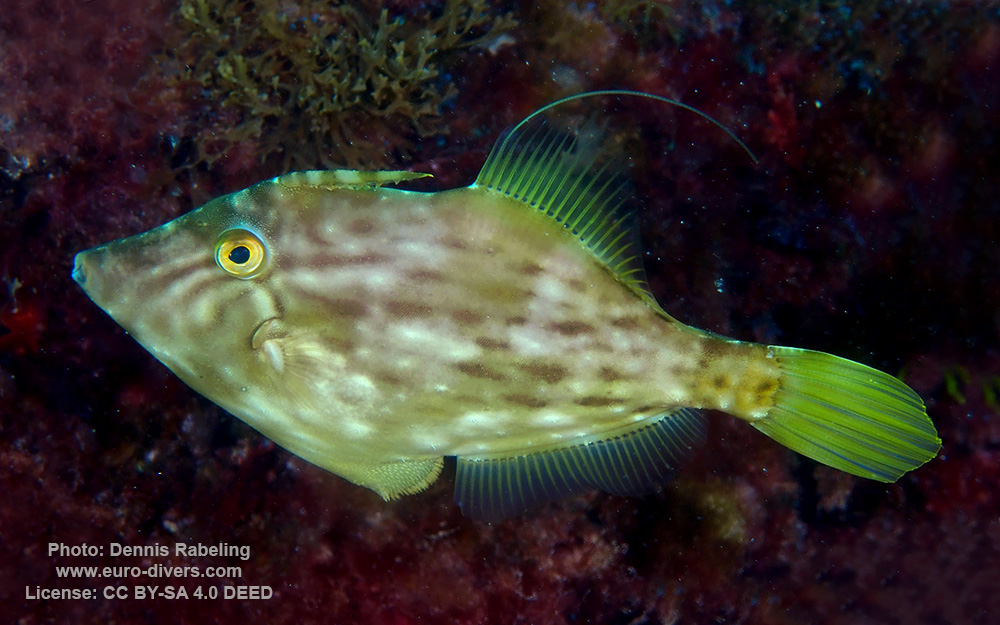
Image source: Dennis Rabeling | euro-divers.com
Classification
General data
The planehead filefish grows to a maximum length of 27 centimetres (11 in) but is more typically about 17 centimetres (6.7 in) long.
The colour is cryptic, being a more or less mottled pale brown, olive or green on a light coloured background, sometimes with darker brown splotches and streaks. The fish is laterally compressed and deep bodied. The snout is elongated with a terminal mouth. The large yellow eye is set high on the head and above it is a prominent retractable spine. This is the anterior of the two spines associated with the long dorsal fin, which also has 29 to 35 soft rays. The anal fin has no spines and between 30 and 35 soft rays. The pectoral fins are small and the tail fin is large and fan-shaped, often with two darker coloured bands.
Planehead filefish are sexually dimorphic. In mature males, the second soft ray of the dorsal fin becomes greatly elongated and the scales on either side of the caudal peduncle develop into a patch of bristles. The elongated ray reaches between 104 and 128 mm. Females do not develop secondary sexual characteristics. They tend to have greater body depth than males, but variation in this trait exists in both sexes and overlap in measurements are recorded.
The planehead filefish is found in the Atlantic Ocean at depths of up to 300 metres (980 ft). Its range extends from Nova Scotia to Uruguay in the west and from the Canary Islands to Angola in the east. It is found near the seabed on reefs and over sandy and muddy sea floors. It is often found among Sargassum seaweed.
